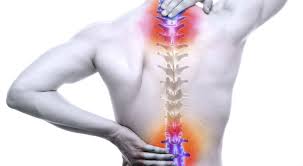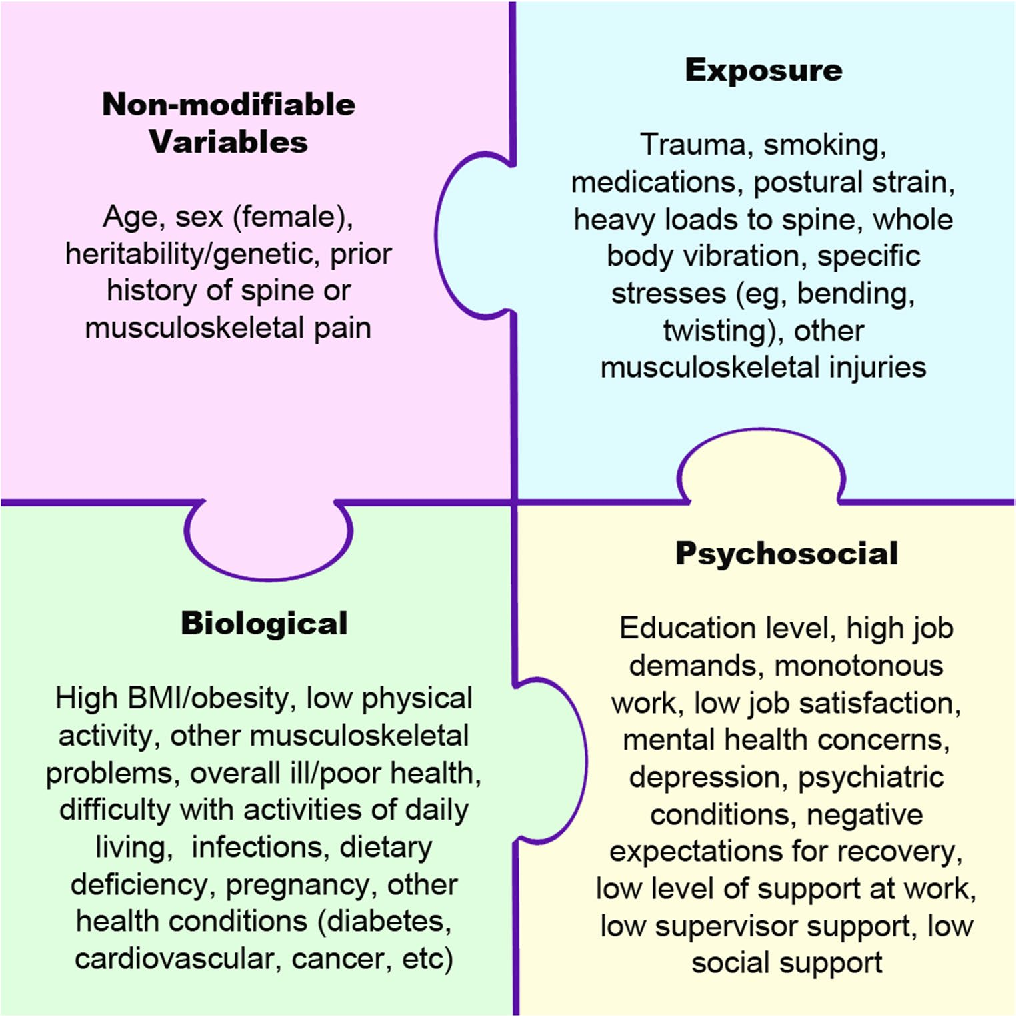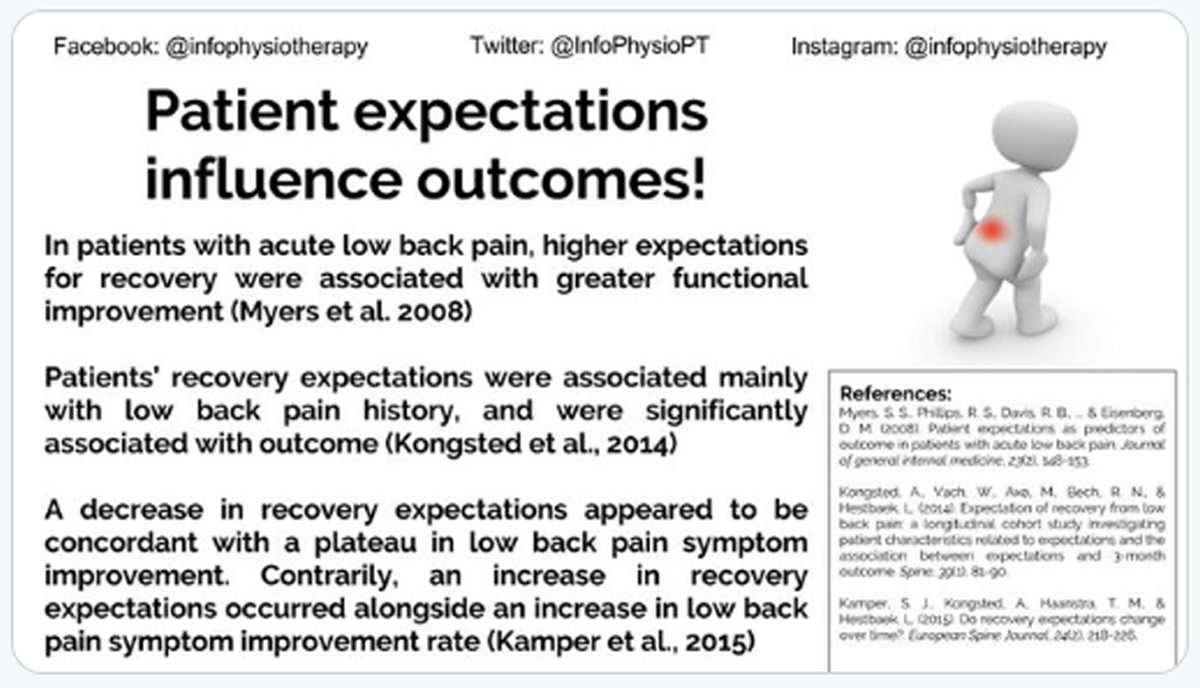Predictors of Visit Frequency for Patients
Predictors of Visit Frequency for Patients Using Ongoing Chiropractic Care for Chronic Low Back and Chronic Neck Pain; Analysis of Observational Data
SOURCE: BMC Musculoskeletal Disorders 2020 (May 13); 21 (1): 298
Patricia M. Herman, PhD, Sarah E. Edgington, PhD, Eric L. Hurwitz, DC, PhD, & Ian D. Coulter, PhD
RAND Corporation,
Santa Monica, CA, USA.
Background: Chronic spinal pain is prevalent, expensive and long-lasting. Several provider-based nonpharmacologic therapies have now been recommended for chronic low-back pain (CLBP) and chronic neck pain (CNP). However, healthcare and coverage policies provide little guidance or evidence regarding the long-term use of this care. To provide one glimpse into the long-term use of nonpharmacologic provider-based care, this study examines the predictors of visit frequency in a large sample of patients with CLBP and CNP using ongoing chiropractic care.
Methods: Observational data were collected from a large national sample of chiropractic patients in the US with non-specific CLBP and CNP. Visit frequency was defined as average number of chiropractic visits per month over the 3-month study period. Potential baseline predictor variables were entered into two sets of multi-level models according to a defined causal theory-in this case, Anderson’s Behavioral Model of Health Services Use.
Results: Our sample included 852 patients with CLBP and 705 with CNP. Visit frequency varied significantly by chiropractor/clinic, so our models controlled for this clustering. Patients with either condition used an average of 2.3 visits per month. In the final models visit frequency increased (0.44 visits per month, p = .008)
There are more articles like this @ our:
LOW BACK PAIN Page and the:






